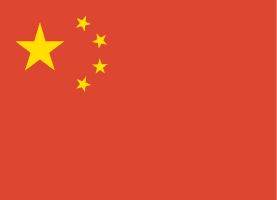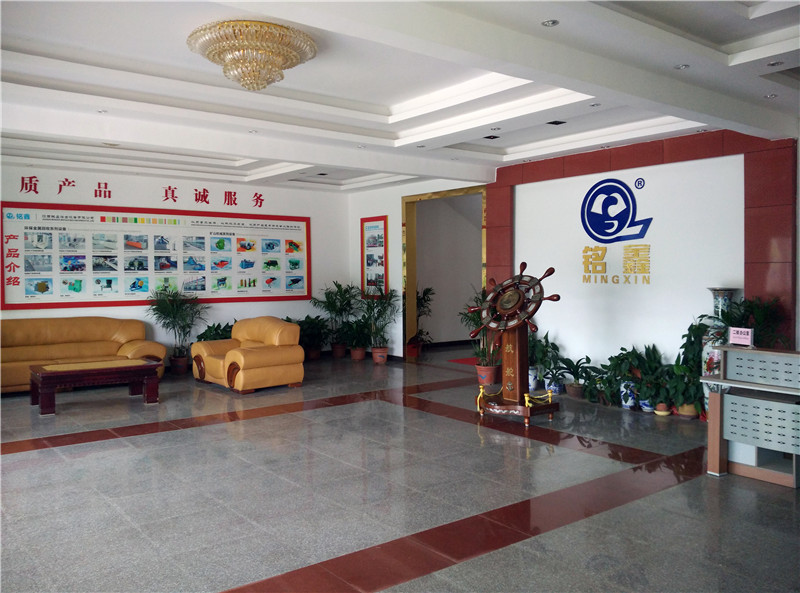Electronic devices are being updated at an increasing rate, and with that comes a large amount of discarded electronic waste, including printed circuit boards (PCBs). Printed circuit boards are the core component of electronic devices, and they usually contain a variety of valuable metals and materials, such as copper, gold, silver and tin. Recycling of these metals and materials not only reduces environmental pollution, but also saves resources and reduces production costs. This article will detail how to recycle waste printed circuit boards.
I. Understand the composition of the printed circuit board Before you start recycling, it is very important to understand the composition of the printed circuit board, PCB is mainly composed of the following parts:
1. substrate: usually made of glass fiber reinforced epoxy resin.
2. Conductive Layer: A copper layer used to connect electronic components.
3. Insulation: Used to isolate the conductive layer and prevent short circuits.
4. surface treatment layer: such as gold, tin, nickel, etc., used to protect the copper layer and improve soldering performance.
Second, the preparation work before recycling
1. Collection: Collect the discarded PCBs and make sure they are not contaminated or damaged.
2. Classification: Classify PCBs according to their type and material for more effective recycling.
3. Decontamination: Use chemical or physical methods to remove dirt and grease from the PCB surface.
Third, PCB recycling methods
1. Mechanical crushing: PCB is crushed into small pieces by crusher to facilitate the subsequent processing.
2. Physical Separation: Separate the metal and non-metal materials by using magnetic separation, air sorting and other methods.
3. Chemical treatment: use chemical reagents to dissolve the metal in PCB, and then recover the metal through precipitation, filtration and other methods.
4. Heat treatment: Separate the metal and non-metallic materials by melting the PCB at high temperature.
Fourth, the recovery process of environmental protection measures
1. Exhaust gas treatment: The exhaust gas generated in the recycling process needs to be treated by specialized equipment to reduce the impact on the environment.
2. Wastewater treatment: Wastewater generated in the recycling process needs to be treated to meet environmental standards before discharge.
3. Solid waste treatment: Solid waste generated in the recycling process needs to be treated properly to avoid secondary pollution.
V. Reuse after recycling
1. Metal Recycling: Recycled metals can be used to make new electronic products or used for other industrial purposes.
2. Non-metallic materials recycling: Non-metallic materials can be used to manufacture new PCBs or other products.
3. Energy Recovery:Some PCBs have high calorific value and can be used to generate electricity.
Recycling waste PCBs is a complex but worthwhile investment. It not only helps to reduce the impact of e-waste on the environment, but also saves valuable resources for the society. Through scientific recycling methods and strict environmental protection measures, we can turn these waste PCBs into valuable resources and realize sustainable development.











